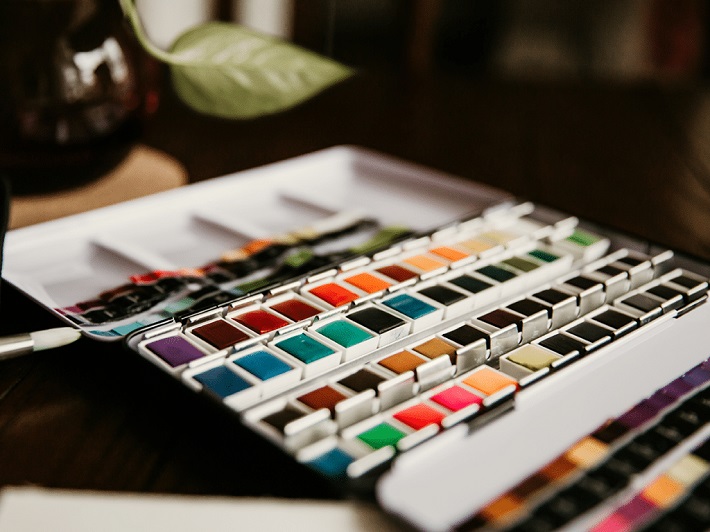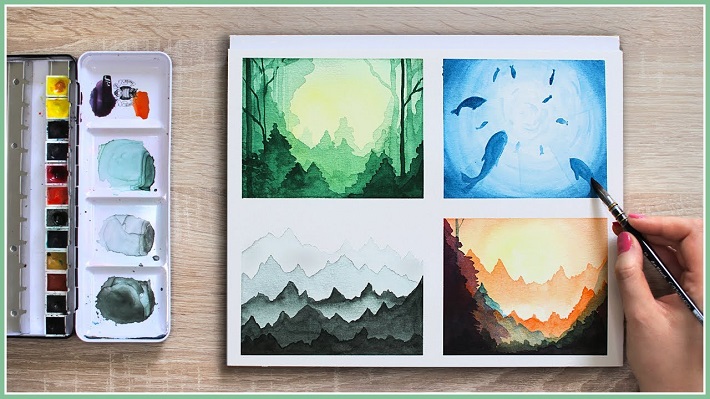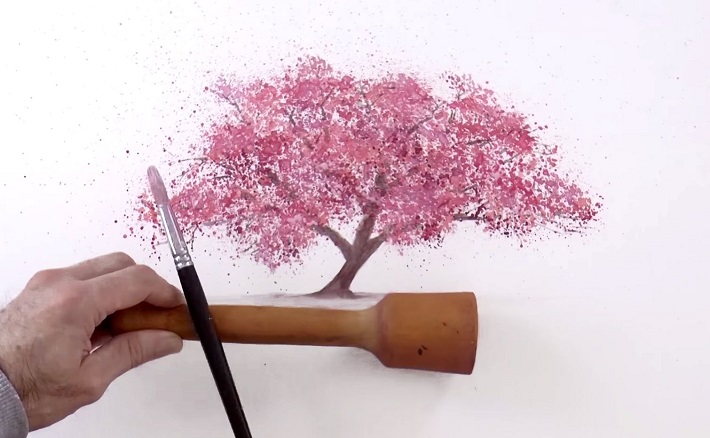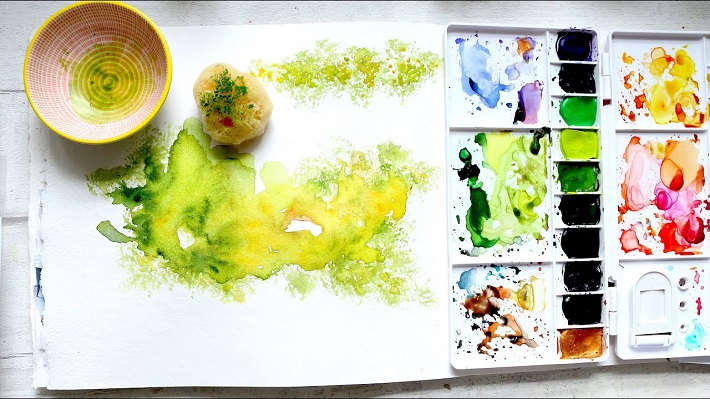Watercolour is a painting method where the artist uses paints that are made of pigments suspended in a water solution. Or in simple words, these are paints that dissolve when adding water to them. Watercolour is also known as aquarelle and it is believed to date back thousands of years. Now, although fun and quite appealing, watercolour painting can be intimidating, especially for beginners. Fortunately, by learning the right techniques, you can easily become a master in this type of art. But first, you will need to stock on the right supplies.
Essential Watercolour Supplies
Stock on the Right Paints

It goes without saying that one of the most important things you need to do is to stock on good quality water paint supplies. This is paramount since investing in such water paint supplies means that they will last longer and won’t degrade or change colour over time. Now, when it comes to choosing the right watercolour paints, you need to know that your options are watercolour pans and watercolour tubes. Although different, the truth is that these colours are quite similar and have the same quality.
For instance, in order to be more creamy and with a soft consistency, tube watercolor paints contain more glycerin. However, this doesn’t mean that tube water paints are better than the pan version. Pan watercolour, on the other hand, might be dry at first, but once mixed with water, they will give you the same effect as tube watercolour paints. Both of these paints can be sold separately or as a set.
Stock on as Much Brushes as You Can
Just like painting with any other type of paint, having lots of different brushes is a must. The type of brushes you choose can mainly depend on the size of your painting project. The truth is that there is no right or wrong type of brush. Each work requires a different brush, so the key is to have as many brushes as you can, so you would be able to work even on the tiniest details without a problem.
Some Watercolour Techniques Every Artist Should Know

Explore Painting with Dryer and Wetter Paint
As the name implies, watercolours are meant to be used with water. But the secret behind creating a successful painting is experimenting with wet and dry. For instance, you can play with the paint and add more or less water in order to achieve a certain effect of darkness and vice versa.
Use Paper Towels
This might sound strange to you but you can do wonders with paper towels. Paper towels act as an eraser that can help you to soak excess water and paint, but they can also help you to add more layers to the painting. It seems that paper towels are also great for redirecting a paint once on the canvas.
Let Your Colours Bleed
Making the colours bleed on the canvas can be quite easy and fun. All you have to do is to add a good amount of water to the paint on your brush and apply it directly to the paper. Now, that the stroke is wet, you can add the same amount of colour and water to the brush over and over again until you obtain the needed effect.
Splatter the Watercolours

The easiest way to splatter watercolours without making a huge mess is with the help of your brushes. You just need to take the brush, hold it between your thumb and middle fingers and with the help of your index finger pull back the bristles and let them to the work.
Layer the Colours
Layering watercolours is possible, but only if you have patience. Given the fact that watercolour is a thin medium, building up the colours gradually is a must. This technique gives you the freedom to use different colours and the best art will be the place where different colours overlap.
Create Texture with Salt
Who says that creating texture is hard with watercolours? All you have to do is to open your mind to new ideas and try this amazing salt technique. The secret of this technique lies in the salt crystals which are designed to absorb water while leaving a unique pattern in the pigment. In order to practice this technique, you’ll have to lay down a swatch of watercolour and when the paint is still wet, sprinkle salt over it.
Create Magic with a Sponge

Applying paints with a sponge can help you create some magnificent art. You just need to put a certain amount of your tube colour in a dish or tray, dip the sponge in the paint and blot it onto the paper. You can use different paints all at once, and most importantly, you can adjust the wetness of your paint in order to create different effects.



